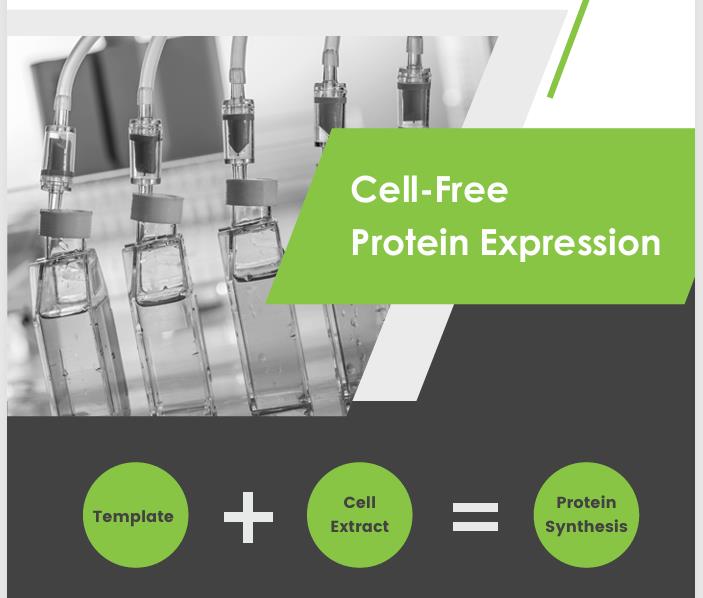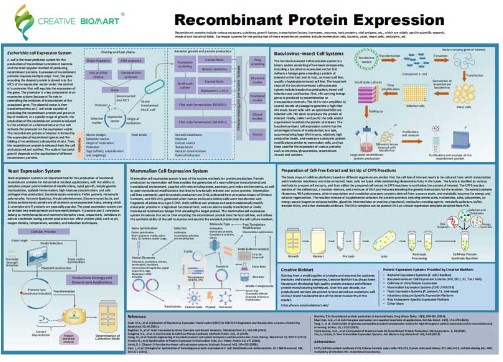Protein Expression and Purification Services
Navigating the complexities of protein expression can be daunting, with challenges like low yield and intricate post-translational modifications often derailing projects. Whether you're aiming for structural studies, functional assays, or high-throughput screening, each application demands a tailored approach. At Creative BioMart , we specialize in overcoming these hurdles, offering seamless solutions to transform your protein production process.
Creative BioMart: Your Premier Partner for Protein Expression and Purification Services
Creative BioMart offers comprehensive, one-stop services across the entire protein production workflow including gene cloning and synthesis to protein analytical. Our extensive portfolio of expression systems —spanning bacterial , yeast , insect , mammalian , and cell-free platforms—ensures optimal production of your recombinant proteins, whether they are monoclonal antibodies, vaccine antigens, disease biomarkers, or novel proteins. This end-to-end capability guarantees the highest quality and versatility in sample production.

Our Numbers Speak for Themselves
-
15+ Years
Protein Expression Experience
-
5,000+
Proteins Successfully Developed
-
2,000 L
Bacterial/Yeast Culture for Large Scale
-
5-10 Fold
Increase in Process Yield
What We Offer?
At Creative BioMart, we provide a comprehensive suite of protein expression and purification services tailored to meet diverse scientific and industrial needs. Our offerings include custom protein expression using various systems, specialized protein extraction methods , protein modification services to enhance functionality, detailed characterization and interaction analysis, and other analytical solutions.
1. Common Expression Systems or Platforms
-
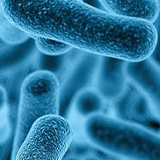
E. coli -based system for rapid, high-yield protein production.
-
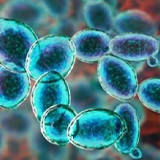
Combines bacterial and mammalian advantages for reliable protein expression.
-

Ideal for complex eukaryotic proteins using insect cell culture.
-
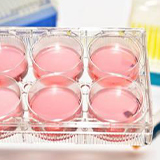
Closest to native state, perfect for high-value, functional proteins.
-

Fast and flexible, synthesizing proteins directly from DNA/RNA in vitro.
-
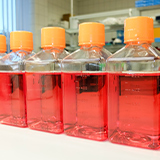
Serum-free medium for high-purity, animal-free protein production.
-

Transient expression for animal-free, high-quality recombinant proteins.
-

Cost-effective, high-yield production of recombinant proteins and peptides.
-
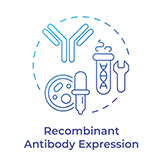
Full-service antibody production with high specificity and reproducibility.
-
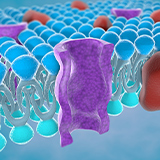
Advanced platforms for membrane proteins, from expression to purification.
2. Bulk Protein Production
-
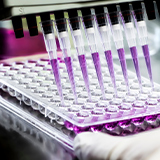
High-throughput Protein Production
Rapid production of up to 1,000 protein variants in 30 days.
-
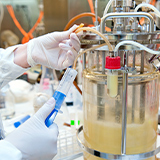
Large-Scale Protein Production Service
Production of pure, active proteins in quantities from milligrams to hundreds of grams.
-
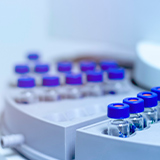
Mass Standard Protein Production
Production of isotopically labeled human protein standards for mass spectrometry.
-
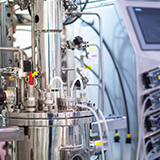
Optimization of protein yield through advanced expression systems and bioprocesses.
3. Special Functional Protein Production
-
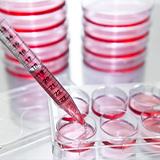
Human Synthetic Proteins Produced in Mammalian Cell Lines
Enhanced bioavailability and therapeutic activity via sialyltransferases in mammalian cells.
-
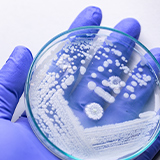
Pichia Glyco Protein Production
Human-like glycosylation using Pichia pastoris for uniform glycosylation and high expression.
-
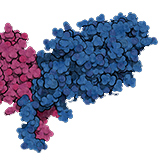
Albumin Fusion Protein Production Services
Extends protein drug half-life and improves bioavailability by fusing to albumin.
4. Tagged Protein Production
-

Fc fusion proteins for therapeutic and research applications, customizable from gene to purification.
-
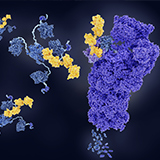
SUMO-tag proteins for enhanced solubility and stability, with streamlined expression and purification.
5. Other Protein Production
-
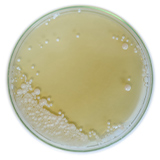
Endotoxin-Free Protein Production
Engineered E. coli strains remove harmful LPS for in vivo applications.
-
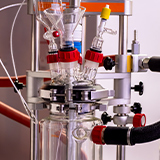
Fucose-Free Protein expression System
Fut8-/- CHO-K1 cell lines enhance drug activity and reduce side effects and costs.
Choosing the Right Expression System for Your Protein Production Needs
Choosing the optimal expression system based on the protein's characteristics, such as its sequence, folding requirements, and necessary modifications. Each system- E. coli , yeast, insect cells, and mammalian cells-has distinct advantages for specific applications. The table below provides an overview of the features of each different heterologous protein expression system used for recombinant protein production.
The more ★ there are, the better it is.
| Expression Systems |
Bacterial |
Yeast |
Insect |
Mammalian |
|---|---|---|---|---|
|
Cost |
★★★★ |
★★★ |
★★ |
★ |
|
Speed |
★★★★ |
★★★ |
★★ |
★ |
|
Yield |
★★★★ |
★★★ |
★★ |
★ |
|
Scalability |
★ |
★★ |
★★★ |
★★★★ |
|
Post-Translational Modifications |
★ |
★★ |
★★★ |
★★★★ |
|
Folding |
★ |
★★ |
★★★ |
★★★★ |
|
Advantages |
|
|
|
|
|
Applications |
|
|
|
|

Ready to Get Started?
Contact us today to discuss your protein expression and purification needs. Our experts are here to help you advance your research and achieve your goals.
Service Procedure

Details for Service Procedure
1 Gene cloning and vector construction (1-2 weeks)
First, the target gene fragment is isolated from a specific resource and inserted into an expression vector, which usually requires the design of specific primers and the selection of the best vector. This step includes primer design, PCR amplification, vector selection, connection and transformation. The recombinant construct is confirmed by DNA sequencing. Codons can be optimized according to the expression system if necessary.
2 Expression system selection and optimization (1 week)
Choose the most appropriate expression system (bacteria, yeast, insect cells, mammalian cells, cell-free systems) to achieve optimal expression. Considerations include protein complexity, modification requirements, and yield.
3 Small-scale protein expression (1-2 weeks)
Use a small amount (like 5 mL) of cultured expression host to make the cloned plasmid express the target protein. And use SDS-PAGE or other protein detection methods to capture the target protein in the supernatant or precipitate to evaluate the gene expression level, protein expression level, protein secretion and protein solubility. We will deliver the protein analysis results of this link to you. If you are not satisfied, you can terminate the service at any time.
4 Large-scale protein expression and purification (2-4 week)
Scale up the culture volume to 2 L, collect the expressed bacteria/cells (or culture supernatant) and break them to release the protein. Use different purification methods (such as affinity chromatography, ion exchange, exclusion chromatography, etc.) to separate and purify the target protein to ensure high purity and activity. Also, we will verify and characterize the purified protein by SDS-PAGE, Western blot, mass spectrometry and other techniques.
5 Scale-up and process optimization (laboratory to industrial scale) (weeks to months)
After successfully obtaining purified protein, the process is scaled up to the required scale and production parameters are optimized to increase yield and reduce costs. The purified protein is prepared into a final formulation that can be used for research or industrial production, including protein concentration determination, buffer exchange and long-term storage solution optimization. The specific time consumption depends on the production volume, formulation requirements and storage conditions.
Protein Production Testimonials
-
"We utilized Creative BioMart ’s services to produce a recombinant protein for our cancer therapy research. Their mammalian cell expression system delivered high-activity proteins with over 98% purity, providing a solid foundation for our downstream drug screening experiments. Their technical support team was also very professional, always ready to answer our questions."
-Dr. Emily Carter, Research Scientist at a Leading Biotech Company
-
"In our vaccine development project, Creative BioMart ’s insect cell expression system truly shined. They successfully produced complex viral antigens, and the production timeline was shortened by 2 weeks compared to our initial estimates. This significantly accelerated our vaccine R&D progress."
-Dr. Raj Patel, Principal Investigator at a National Research Institute
-
"We chose Creative BioMart to produce a membrane protein for our structural biology research. Their yeast expression system not only increased protein yield but also ensured proper folding and functionality. This enabled us to smoothly proceed with X-ray crystallography and successfully determine the protein structure."
-Dr. Sarah Kim, Biochemist at an Innovative Biotech Startup
-
"In our drug target validation project, Creative BioMart ’s E. coli expression system helped us quickly produce high-purity target proteins. Their service was not only efficient but also provided detailed quality analysis reports, which were crucial for our subsequent drug screening experiments."
-Dr. David Brown, Research Associate at a Global Pharma Company
-
"We collaborated with Creative BioMart to produce a chimeric antigen receptor protein for our CAR-T cell therapy research. Their cell-free expression system was not only fast but also customizable to meet our specific needs. This allowed us to rapidly advance our project, saving a significant amount of time and resources."
-Dr. Lisa Wang, Research Scientist at a Biotech Research Lab
-
"We used Creative BioMart ’s services to produce a protein for our neurodegenerative disease research. Their yeast expression system delivered high-yield and high-purity proteins, providing high-quality materials for our functional experiments. Their technical support team was also very professional, always ready to answer our questions."
-Dr. Michael Johnson, Research Scientist at a Biomedical Research Company
-
"In our GPCR research project, Creative BioMart ’s mammalian cell expression system performed exceptionally well. They successfully produced complex GPCR proteins with the required purity and activity, providing a solid foundation for our downstream drug screening experiments."
-Dr. Anna Smith, Research Associate at a Biotech Development Company
-
"We chose Creative BioMart to produce an antibody protein for our immunology research. Their E. coli expression system not only increased protein yield but also ensured proper folding and functionality. This enabled us to smoothly proceed with our immunological experiments and successfully validate the antibody’s specificity."
-Dr. James Lee, Research Scientist at a Bioengineering Company
-
"In our biomarker research project, Creative BioMart ’s insect cell expression system helped us produce high-quality recombinant proteins. Their service was not only efficient but also provided detailed quality analysis reports, which were crucial for our subsequent experiments."
-Dr. Maria Gonzalez, Research Associate at a Biotech Innovation Company
-
"We collaborated with Creative BioMart to produce a protein kinase for our cell signaling research. Their cell-free expression system was not only fast but also customizable to meet our specific needs. This allowed us to rapidly advance our project, saving a significant amount of time and resources."
-Dr. Kevin Chen, Research Scientist at a Biotech Solutions Company
Case Study
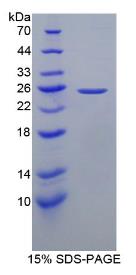
SDS-PAGE Analysis of Target Protein
- Case 1: Recombinant Human GFAP aa. (Glu254~Glu374 (Accession# P14136)) fused with N-terminal His & S tag expressed in E. coli cells
Project: Tagged truncated protein
Requirements: Endotoxin <1.0EU per 1µg, purity >95% by SDS-PAGE
Service: Bacterial expression Systems ( E. coli / Bacillus )
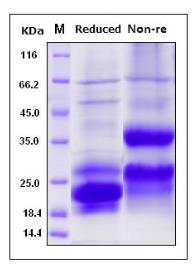
SDS-PAGE and Activity Analysis of Target Protein
- Case 2: Recombinant Full length Human peptidylprolyl isomerase A (cyclophilin A) Protein, His-tagged expressed in HEK293
Project: Full length protein with His tag
Requirements: Endotoxin <1.0EU per 1µg, purity >95% by SDS-PAGE
Service: Mammalian expression Systems (CHO / HEK293)
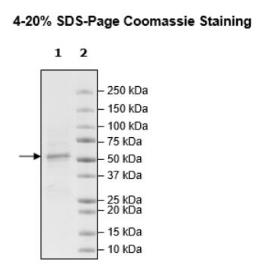
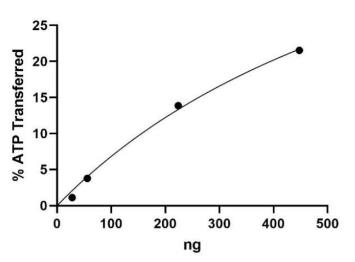
SDS-PAGE and Activity Analysis of Target Protein
- Case 3: Recombinant Human ARAF (YY301, 302DD) Mutation Protein, GST/His-tagged expressed in Sf9 insect cells
Project: Recombinant protein containing mutations
Process: A GST-tag at the N-terminal end as well as a C-terminal His-tag (6xhis) and affinity purified
Specification: Bio-activity 6 pmol/min/μg and purity 61%
Service: Baculovirus-Insect Cell expression Systems (SF9, SF21, S2, T.ni / HI-5)
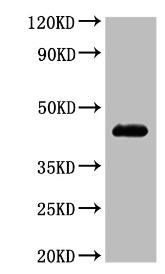
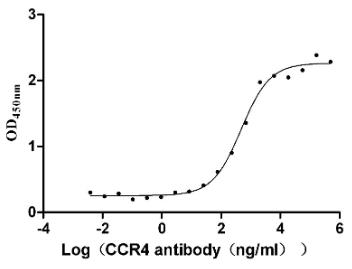
SDS-PAGE and Activity Analysis of Target Protein
- Case 4: Recombinant Human CCR4 Full Length Transmembrane protein (1-360 aa), His-tagged(VLPs) expressed in HEK293
Project: Full length transmembrane protein
Bio-activity: Measured by its binding ability in a functional ELISA. Immobilized Human CCR4 at 10 μg/mL can bind Anti-CCR4 recombinant antibody, the EC50 is 362.3-630.8 ng/ML
Service: Mammalian expression Systems (CHO / HEK293)
Instrument Platform
Creative BioMart is equipped with a series of biochemical instruments and various tools to assist in protein expression and purification services. Centrifuges and ultrasonic disruptors are used to separate bacteria/cells and release proteins, chromatographic systems are used for protein separation and purification, ultrafiltration equipment is used for concentration and desalting, and spectrophotometers and mass spectrometers are used to detect protein purity and molecular weight, etc. In addition, there are CO 2 incubators, PCR machines, electrophoresis equipment, WB detection systems, etc. To ensure satisfactory service results, we will also strictly control operating conditions, monitor key steps, and regularly calibrate and maintain instruments.
-
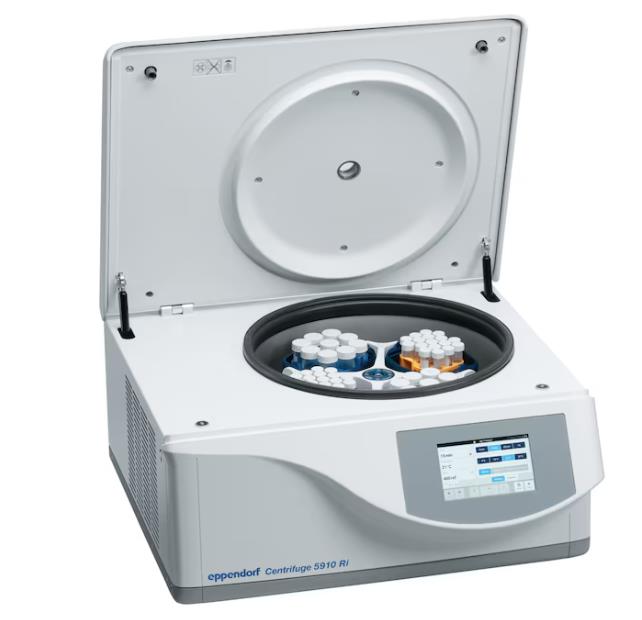 Ultraspeed Refrigerated Centrifuge
Ultraspeed Refrigerated Centrifuge -
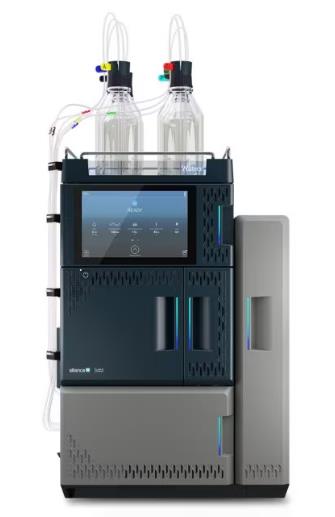 HPLC System
HPLC System -
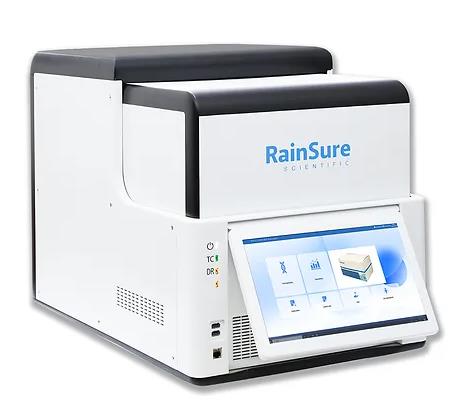 PCR System
PCR System -
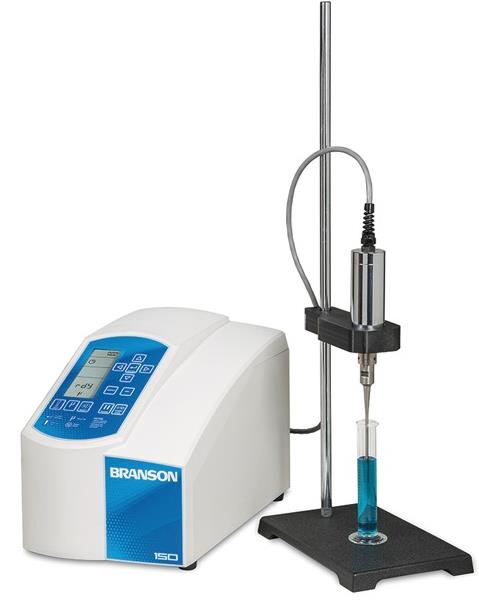 Ultrasonic Crusher
Ultrasonic Crusher -
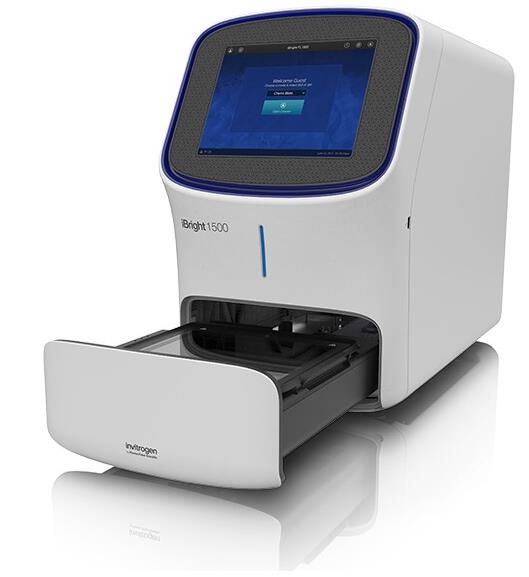 Imaging System
Imaging System
Why Choose Us?
-
Proprietary Technologies. The unique methods and patented technologies we use can improve the efficiency of protein expression, the accuracy of purification, and the stability and functional integrity of the final product.
- Guarantees your protein expression and purification. We ensure production meets required protein yield and quality, provide transparent reporting of project progress, and provide rapid response and resolution mechanisms when problems arise.
- Competitive price. While ensuring high quality, we also offer the most competitive prices in the industry.
- Fast turnaround: as little as 5 weeks. It is estimated that the fastest service process will take 5 weeks. If there are other requirements, the time will fluctuate based on this.
- Flexible scale-up protein production. We offer a variety of production options, from small-batch laboratory production to large-scale industrial production.
- Customizable protein. We can modify the protein structure, function or expression system according to your special needs.
FAQs
Below are some frequently asked questions about our Protein Expression and Purification Services. If you have any other questions, please contact us and we will be happy to assist you.
-
Q: How long does it usually take to produce custom proteins?
A: We usually complete custom protein production within 6 to 8 weeks. However, this timeframe can change based on the complexity of the protein's characteristics and whether extra services like endotoxin removal are needed.
-
Q: What quality control information do you offer and how is the purity measured?
A: We assess the quality and determine the purity of custom proteins using SDS-PAGE and Coomassie staining. Proteins with His-tags are additionally evaluated through western-blot analysis, whereas tag-free proteins may be subject to optional LC-MS/MS analysis upon request.
-
Q: In addition to the His tag, what other tags do you offer for expressing recombinant proteins?
A: We provide commonly used tag proteins including His-tag, GST-tag, MBP-tag, FLAG-tag, Myc-tag, HA-tag, etc. to promote protein purification, solubility and detection.
-
Q: What if I need the tag removed?
A: If the tag needs to be removed, we offer extensive production and purification services, including tag removal and endotoxin removal.
-
Q: Where does the expression of a protein begin?
A: Creative BioMart can initiate the process with gene synthesis for protein expression, requiring either the target protein's sequence data or its Uniprot/NCBI reference number. We can also offer gene optimization services upon your request. If you possess the plasmid, we can utilize the provided template DNA or the ready-to-express construct for your project.
Resources
Creative BioMart provides customers with free resources related to recombinant protein expression. Get additional information to help you advance your studies here.
Related Services
- Protein Extraction Services
- Endotoxin Removal Service
- Protein Interaction Service
- Protein Labeling
- Protein Characterization
- Protein Methylation
- Protein Acetylation
- Protein SUMOylation
- Protein Deubiquitination
Related Products
Contact us or send an email at for project quotations and more detailed information.
Quick Links
-

Papers’ PMID to Obtain Coupon
Submit Now -

Refer Friends & New Lab Start-up Promotions


